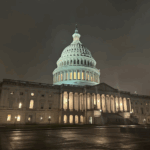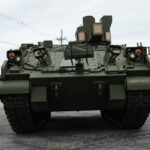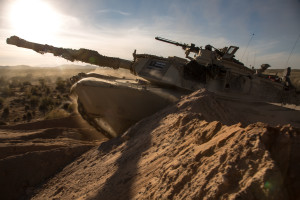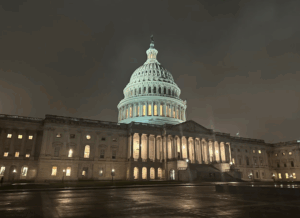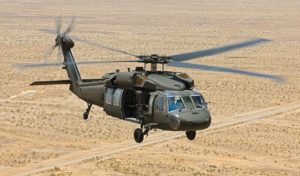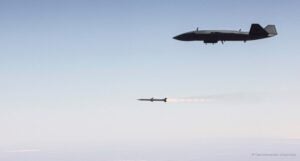
The House Appropriations Committee plans to adhere to the $895 billion defense spending cap imposed by last year’s debt limit deal as it looks to begin marking up fiscal year 2025 spending bills, the panel’s chair announced. Rep. Tom Cole (R-Okla.), the HAC chair, on Thursday released the draft spending toplines ahead of subcommittee markups, which includes $832.9 billion for the Pentagon and nearly $18 billion for military construction. “In the face of an aggressive schedule and fiscal constraints, we…

 By
By 